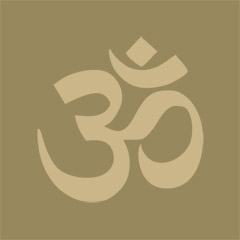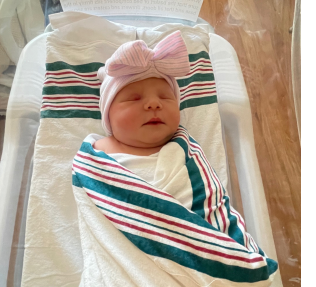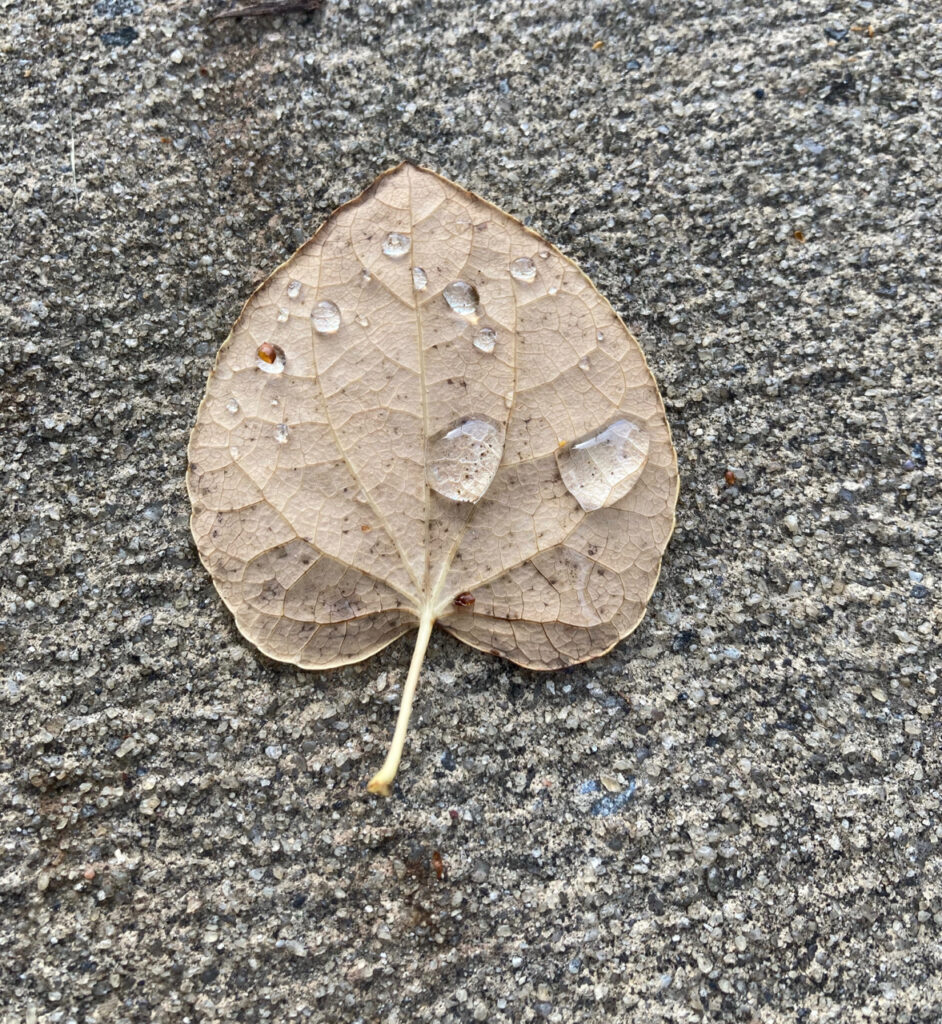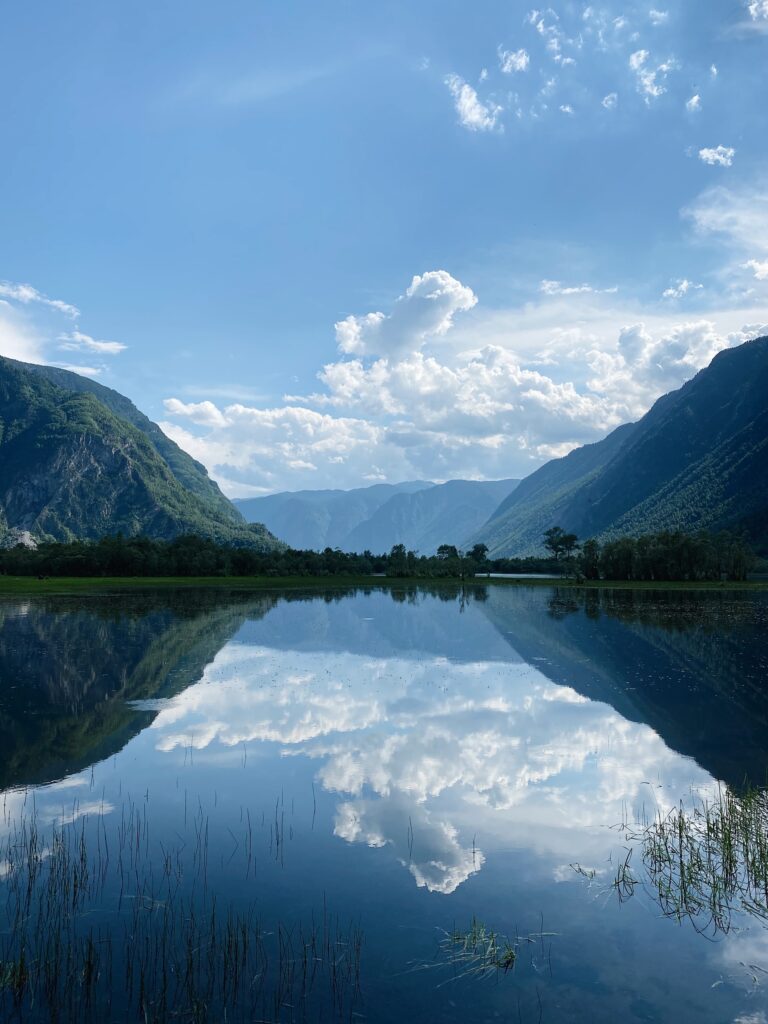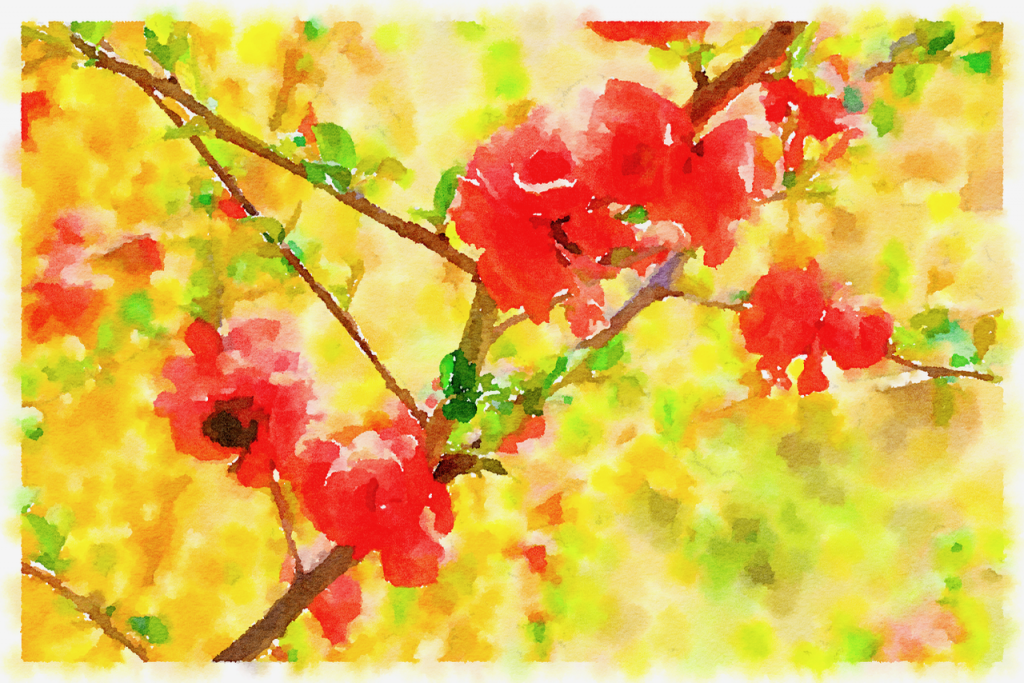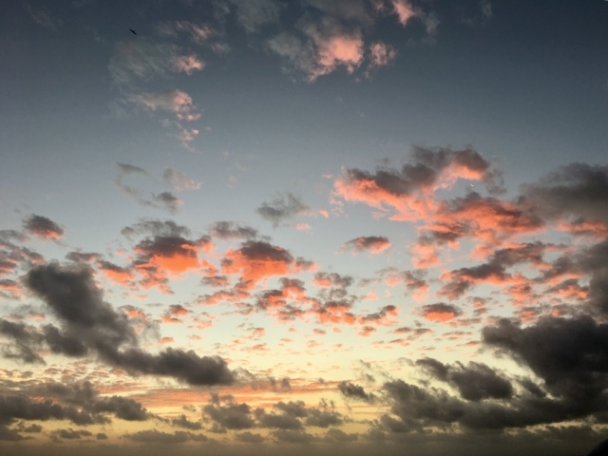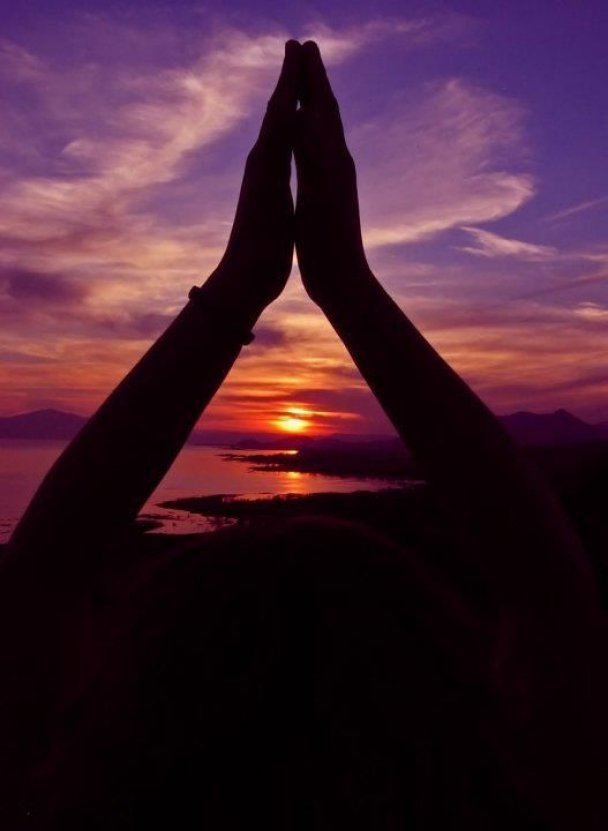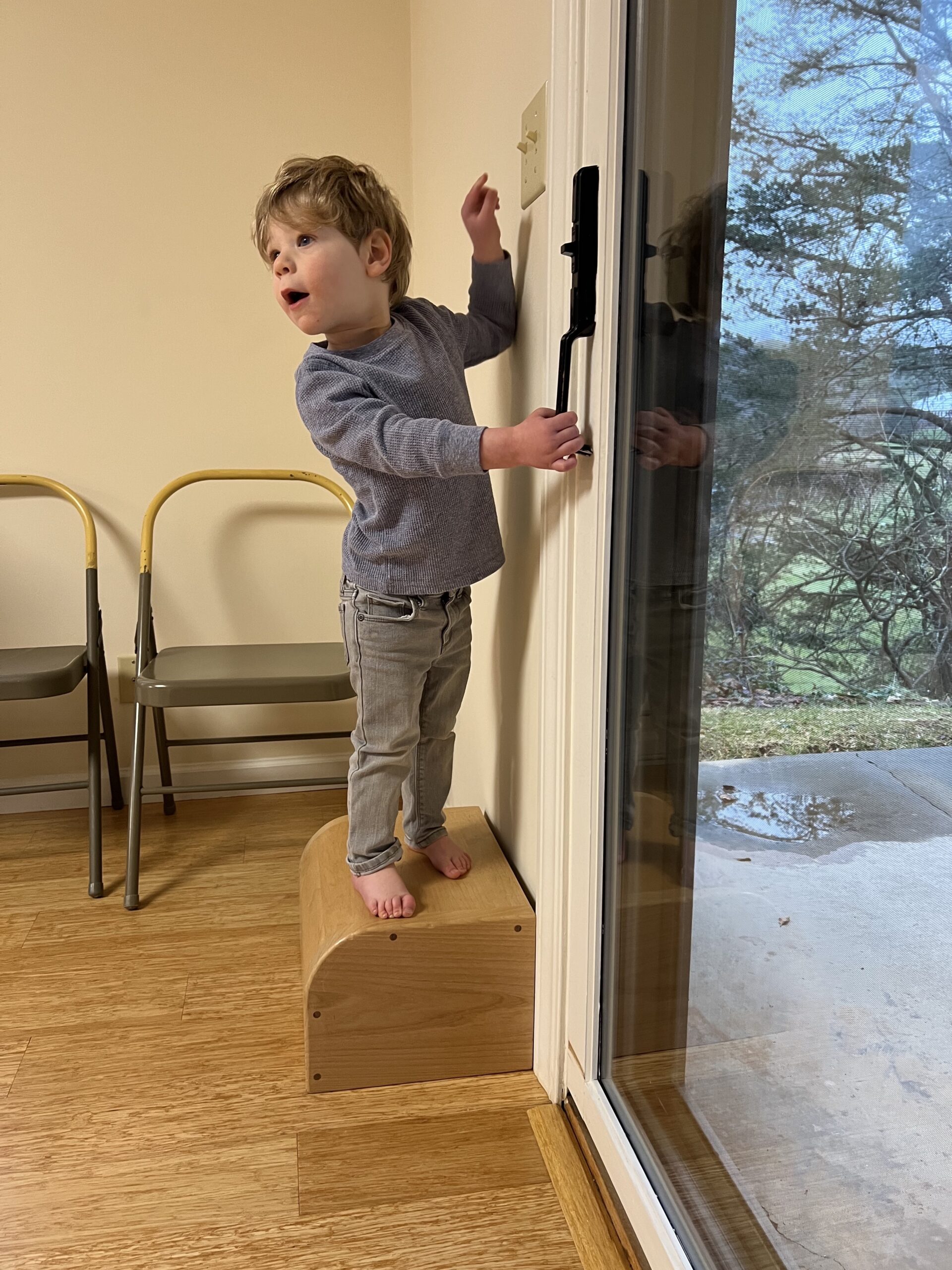
Lately, I’ve spent a lot of time with my two-year-old grandnephew, Davis. I’m astonished at his fascination with the world around him. He delights in turning a light on. And off. On! Off! Over and over. What a wondrous thing. I’ve taken that to heart. My intention this year is to stay in wonder as much as possible. When I am present with Davis without an agenda of my own, I’m able to join him in the experience of wonder over a light switch! You push a button and a light comes on!
“Wonder” is defined as a feeling of surprise mingled with admiration, caused by something beautiful, unexpected, unfamiliar, or inexplicable. What else am I in wonder of? The magic of mobile phones, the dawn of the day, the chittering of bluebirds. I bet you could list dozens of things you experience with wonder.
Let’s practice wonder by turning our attention towards our remarkable body. Can you feel the breath as it enters and exits your lungs? Can you hear your heart beat? Feel the blood rushing through your arteries? Sit still. Soften your sense organs. Be curious. Can you stay in wonder about how your body works and how the mind works with it? How does that feel, to be still and quiet, even for a millisecond, when the mind is turned inward? I urge you to set aside some time every day if possible—10 minutes is fine—for this sitting, meditation, prayer, pranayama. Call it what you will. Find time to sit still.
When I sit I experience mental and emotional settling. Sometimes I can stay there in serene observation. On other days, my mind slips from curious introspection to plain old worry. What is that tickle in my throat? Covid? What if Davis gets it? Blah, blah, blah. When I catch the worried thought, I turn the mind back to the quiet space and let it know that after this quiet time I will give some thought to whatever worry has arisen. If I can do something, I do it. Check my temperature. Take a test. If not, then I direct my mind to something more productive or wholesome. Fix a meal. Take a walk. Check emails.
Perhaps worry arises about my health or someone else’s health. Whatever. The mind does what the mind does. It wanders—often into worry, anxiety, or fear. Don’t believe everything you think.
If the mind wanders into the anxious agitation of worry or the dullness of depression, what can we do? Here’s what I do. First I focus on the physical sensation of worry. For me, this shows up as a knot in my stomach. I direct my attention to the feeling without judgment and without the “story.” I breathe into the knot and feel it loosen. In other instances, I can settle the mind by turning it to practical ways to solve the issue: perhaps I call a friend who has had a similar worry and ask for advice. Moving the stuck energy is another useful approach, especially if I’m feeling low. I get on the yoga mat, take a walk, or simply stand up and move around. It’s important that we take responsibility for our own well-being. When I’m calmer and clearer, I’m able to help myself and perhaps others as well.
Which leads me back to wonder: it’s an emotion, just as transient as sadness and worry, anger or joy. What I feel when I experience wonder is an expansiveness of spirit and a visceral connection to the object of my wonder. I acknowledge that openness without clinging to it. There. That moment was wonder. Now I’m present to the next moment. And the next. I aspire to stay open to wonder. What’s that sound? Oh, it’s Davis coming in the door to spend time with Aunt Cindy. Lucky me. I’ll meet him at the light switch.
